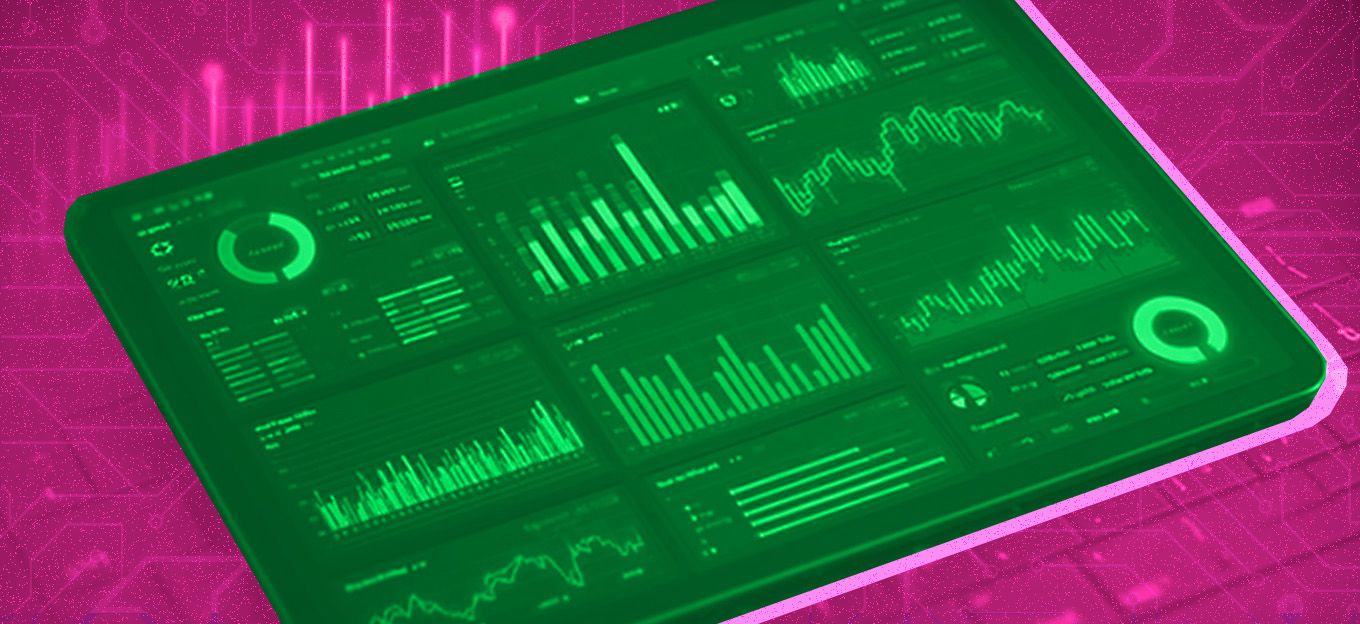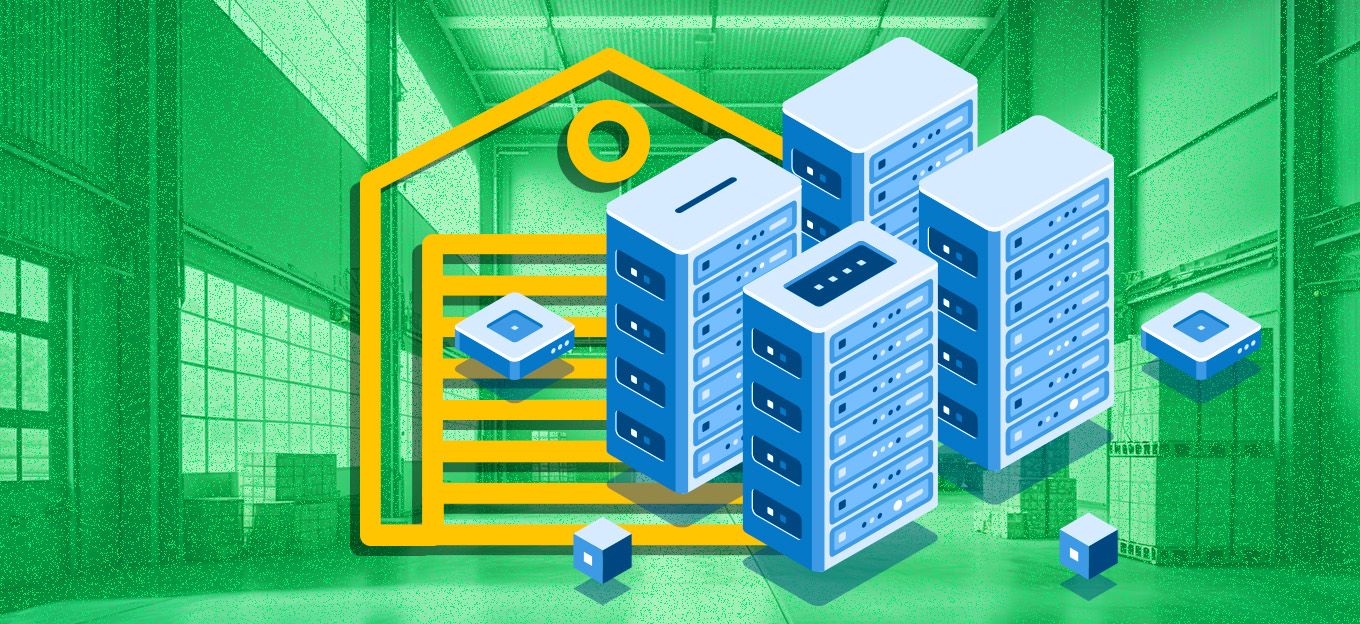The Role of Data Analytics in IoT
The Role of Data Analytics in IoT
- Last Updated: December 2, 2024
Mona Bazzaz
- Last Updated: December 2, 2024



What Is Data Analytics?
If you’re familiar with IoT connected devices, you understand that their existence and relevance rely heavily on the data they manage to obtain. However, when it comes to the end-user, it's not merely the raw data that they find value in but rather the digestible interpretation of the information gathered, i.e., the data analytics. Data analysis is the process by which raw data is transformed into meaningful information that will help a user draw key insights needed to make decisions moving forward. It brings core information to the forefront to provide easy to understand metrics on the user’s end.
Why Does It Matter?
The ability to present data in a digestible and meaningful way is what makes an IoT solution desirable to consumers. Anyone can print datasets on a page and hand them off, but it would take time and effort on the user’s end to sift through that information manually and shape it into something they can work with. Data analytics provides users with the ability to easily pick up on patterns or trends within the information collected by their device. The insight provided by the data analysis ensures a user is well equipped with the knowledge needed to make effective business or personal product decisions with confidence.
For the most part, consumers are willing to invest in IoT technology upfront because of the likelihood that the solution will end up paying for itself down the line. This can happen by pinpointing areas where there are wasted resources or saving them time and effort by automating tasks that were previously done manually. Powerful and intelligent data analytics play a key role in providing them with the metrics integral to making these realizations possible.
Individuals and businesses hold significant power in that they're in a position to be picky about the quality of data analysis they can produce. As a result of the advancements in Artificial Intelligence and a flood of open-source software, the availability of this sort of technology is no longer an obstacle. Competition amongst data analytics providers is strong, and legacy companies that once dominated the industry are now struggling to lead and prove their relevance.
Thanks to these emerging technologies, data analytics are also becoming smarter, extracting key information in less time, learning what's important to the consumer and catering to their needs. As IoT becomes more integrated into daily life, data analytics are imperative to helping a user draw key insights without having to do any of the heavy-lifting.
Advanced data analytics are no longer a fancy add-on but an integral part of every IoT solution and will help you find the signal in the noise.
A Quick Example
It’s easier to conceptualize the effect proper data analytics can have on an IoT solution when presented in a Applications. Let’s say you manage a farm using an IoT solution with sensors that report crop hydration-levels, daily sunshine intake and several other factors. A heavy rainstorm comes through the area and shortly afterwards, you notice a number of the crops have substantially increased in their growth.
Thanks to the data analytics provided to you by your IoT solution, you're able to see that the crops that are improving are also the ones who gathered more water during the rainfall. Therefore, you learn that this type of crop thrives when it receives more water and are able to easily make a small adjustment that ultimately leaves you with a more bountiful harvest. Of course, this is a fairly straight-forward and idyllic situation, but you get the gist.
The Limitations
IoT data is largely sourced from sensors that are advancing in capability. These sensors gather information from their environment that the IoT connected device usually receives via cloud in the form of datasets. It's then up to the solutions provider how these datasets are translated and presented to the user – aka the data analysis. This means that, as hardware advances and devices are able to pick up on more attributes, the information available to the end-user also advances.
However, as the IoT industry grows in popularity and becomes even more intertwined with daily life, it's important to bear in mind that there are still some potentially significant constraints. The limitations to the mutually beneficial relationship between excelling devices and information gathered are often dictated by roadblocks encountered during hardware development. Factors such as unforeseen costs and delays in production time are the main hindrance to IoT solutions that have the software aspect nailed down.
Conclusion
Advanced data analytics are no longer a fancy add-on but an integral part of any IoT solution. They provide users with the knowledge necessary to make smarter business or personal decisions and can point out potential problem areas without requiring significant effort on the user’s end. IoT is fueled by the power and capability of data. However, as much value as there is in pure quantitative data, there’s more power in the way data is categorized and what insights a user can draw from it. Data analysis enables profitable decision making by consumers, and, as the field of IoT technology expands in popularity, with it will grow the demand for advanced data analysis tools.
The Most Comprehensive IoT Newsletter for Enterprises
Showcasing the highest-quality content, resources, news, and insights from the world of the Internet of Things. Subscribe to remain informed and up-to-date.
New Podcast Episode

Moving Past the Pilot Phase in IoT and AI
Related Articles





